This is an unpublished article that I wrote some years ago about a series of photographs I’d taken during a visit to Havana. I’ll reproduce the article here as an episode of The Monochrome Chronicles. The point of view of the article deviates from the style of the rest of the episodes in that it is a narrative about my experiences in Havana, illustrated by my photographs.
Often I feel like my camera has a mind of its own, I just follow it around. For this series my camera took me farther than ever before – farther esthetically, culturally, and personally. These images come from a photojournalism workshop in Havana, Cuba. Stories I’d heard from Cuban American friends in New York fueled my imagination about Havana. Nothing prepared me for the experiences I had there, though. I was accustomed to people in the U.S., especially strangers, being wary of me with my camera. Not so in Cuba. The Cubanos I met were eager to be photographed, often inviting me into their homes after a brief acquaintance.
Many of these images are from the old section of the city, Habana Vieja, at night. Havana during the day was a busy vibrant place. Havana at night was very different. The city was quiet. The streets, with few cars or other traffic, became the social meeting place for Cubanos. Neighbors would gather on the sidewalk to watch television through someone’s open door. Occasional sounds of music, a lone dog barking. People talked in hushed voices in dark doorways. Some people just sat, waiting. At night, Havana Vieja seemed like a dowager. At one time she was grand, but now the showed signs of age and neglect. Yet she sat, waiting, waiting for the next stage of her life.
During the day, I was carried along by the rhythm and the hectic pace of daily life in Cuba. Surprisingly in light of the U.S. embargo against Cuba, Cubanos always responded warmly when I told them I was from the U.S.
For me, photography is a language without words. My images of Havana express my experiences there better than any words I could put on the page. I wish I could express the mystery, the magic that I felt in Havana, the warmth and intensity of her people. Perhaps these photographs will speak for me.
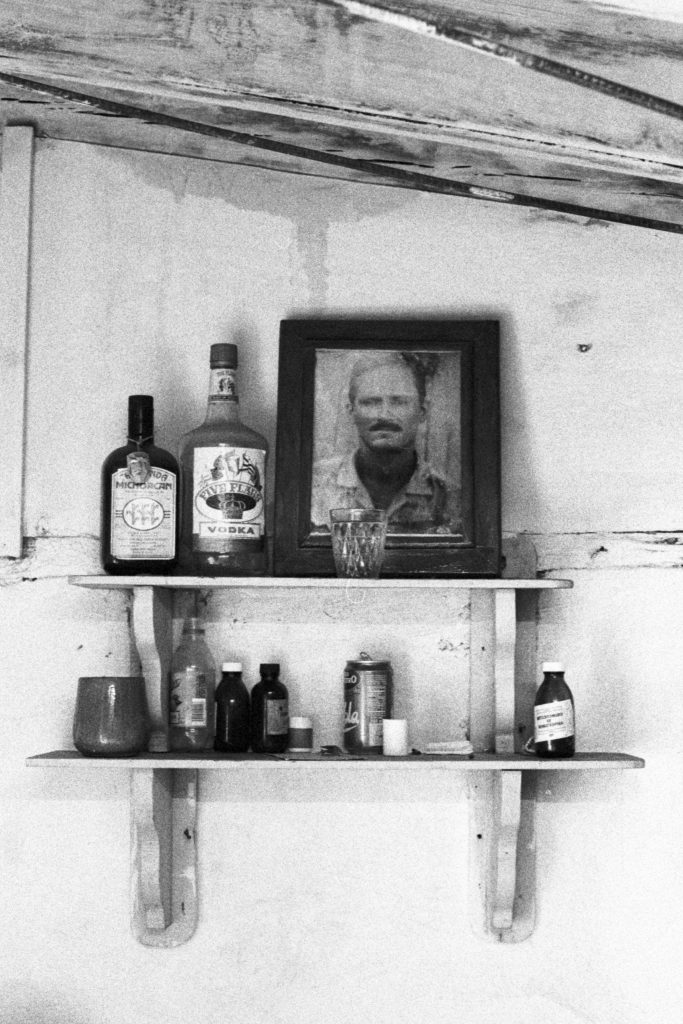
Havana had been one of my destinations for a long time, so when the opportunity to go there for a photography workshop arose in 1999, I jumped at the chance. A hurricane had swept through the island the day before I arrived but nonetheless I fell in love with the city during the taxi ride to the hotel. At first, I went exploring on foot during the day, but soon I was staying out most of the night shooting and then sleeping during the day.

In the center of Havana was the Prado, a broad divided avenue with a park separating two traffic lanes. Old, once-elegant mansions lined both sides of the avenue. One night around midnight, I was photographing in Prado, when suddenly, seemingly from nowhere, a voice cried out, “Buenos noches, señor.” A vivacious man, he introduced himself as El Mexicano. Soon he beckoned his family to join us: aunts and uncles, kids, maybe six or eight family members. I gave up on photography and just enjoyed the lively conversation.
Suddenly it was 1:00 AM or so, and El Mexicano invited me to his home. I tried to demur but he insisted. “It’s close by.” We walked for a few minutes and then he gestured to a dark alleyway, “This way.” My suspicions aroused, again I tried to decline, but he persisted. “Come on. It’ll be fun.” We walked down the alley, where dogs were sleeping and dog shit littered the street. Soon the alley led to a rear courtyard. “We live here,” El Mexicano proclaimed, pointing to a ramshackle building with broken windows, no front door, the masonry crumbling. I had more reservations but went along with him. We climbed the darkened stairs to the second floor where I saw that the roof of the building had collapsed. We spent a couple happy hours chatting. I returned almost daily for the next few days.

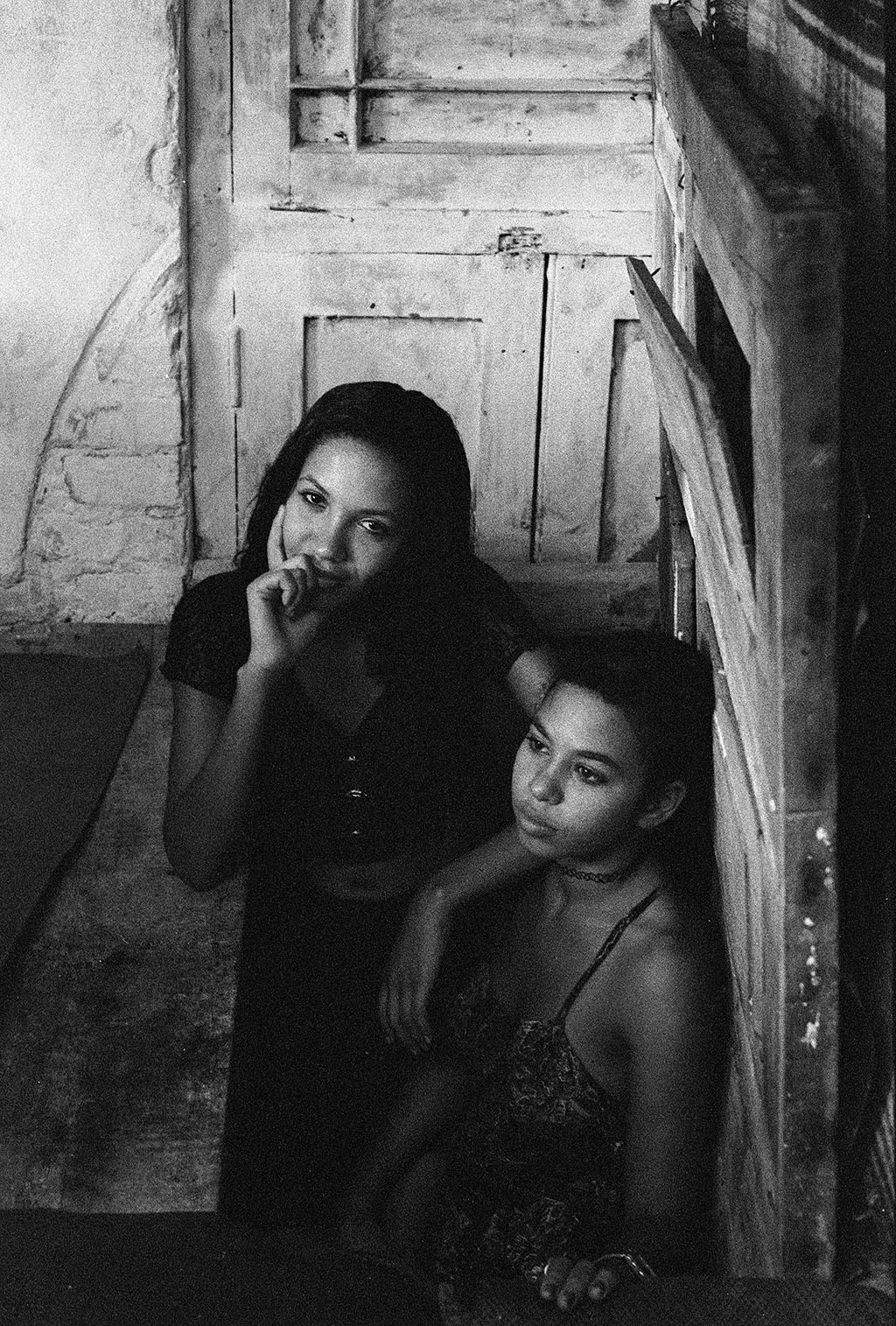
El Mexicano shared the apartment with two young women whom he introduced as his nieces. I doubted their family ties, however, for when I asked him their names he had to go into the next room and ask them.
In the morning of my second day in Havana, I sat in a park near the city center, looking at a map and trying to decide what to do. Then, a man sitting nearby struck up a conversation and before long volunteered to be my guide for the day. Mid-afternoon found us sitting at a table in a basement restaurant, taking a break.
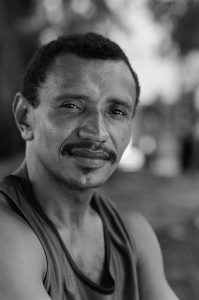
Another Cubano joined us. For some reason I needed to get change for a $20 bill and the guy offered to get the change for me. As soon as I saw him heading upstairs I realized that I would not see either him or my money again. My guide Raul said, “Don’t worry. I’ll find him and get your money back.” We rushed out the back door of the restaurant into a back alley. Soon we spotted the con guy. Raul accosted him and tried to persuade the guy to return my money. I watched for a while but then lost patience, walked up to the guy and started shouting at him in Spanish. Before long, he did give my money back.
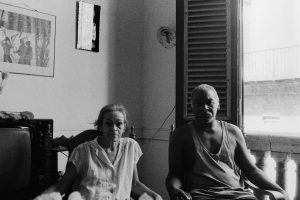
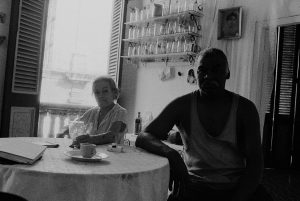
One afternoon, I was on the sidewalk of Old Town admiring one of the art deco buildings when a woman came past me, carrying a bucket of water. “Do you want to see the inside of the building?” she asked. “Go right in.” The lobby was quite run-down with neglect but the heavy dark woodwork on the grand staircase was beautifully maintained. I admired the lobby and took a few photographs. The woman asked whether I would like to see her apartment? I readily accepted her invitation. This was Clarabel who soon introduced me to her husband Angel. They lived in an apartment with high ceilings, two balconies and two spacious rooms. We chatted for some time and then Clarabel offered me a cup of Cuban coffee, extremely strong and very sweet. They readily consented to my request to photograph them. When it was time for me to leave, they invited me to return anytime. I did return once or twice more. Talking to them was very comfortable. By the way, why was Clarabel carrying a bucket of water when I first met her? She had been to the neighborhood well to get water. No running water in the building.
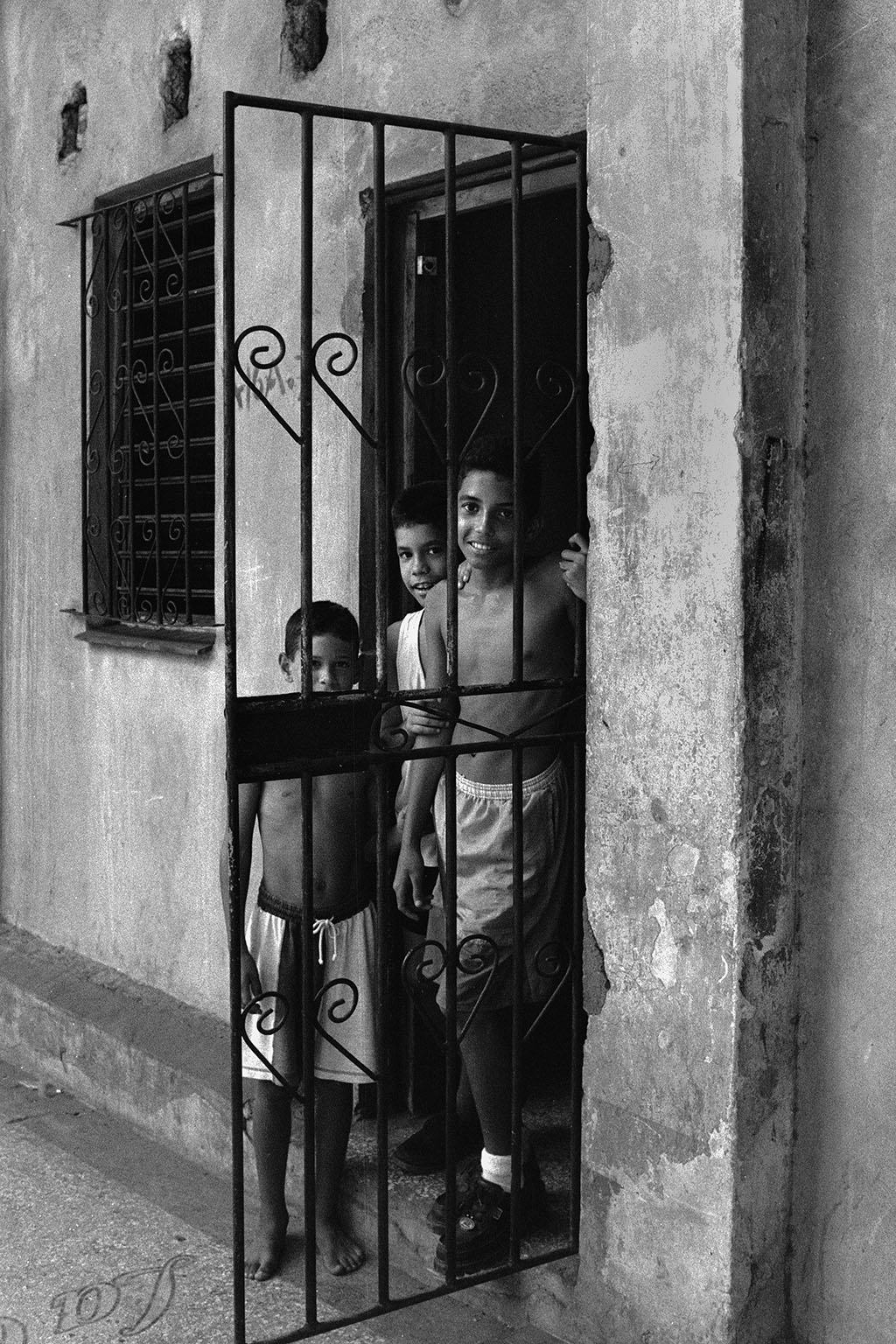
My guide Raul helped me find the location. The building still existed but the store was gone, I knew it was the right place because the name of my friend’s grandfather’s store was embedded in the sidewalk in front. The interior of the building had been broken up into small crude living spaces. One family invited me into their home: three generations of Cubanos living in a single room with no windows and no running water. Bare concrete floor and cinderblock walls. The entry was a doorway to the hall but there was no door to create privacy. When I left, these three boys came to the door to see me off.
I stayed in an old but either well-maintained or else restored hotel, maybe dating from the 1920’s or 1940’s. Lots of dark wood paneling and stucco walls in the foyer, the reception area, and the bar. In the afternoon, this violinist played in the foyer accompanied by a pianist on a grand piano. Some classical music, some old standards, some Cuban folk music. I enjoyed listening to her play. One afternoon I was standing on a street corner trying to flag a taxi to take me to one of the cemeteries. I was having no luck hailing at taxi. Then I espied the violinist walking toward me. She stopped and offered to help. “You want to go the cemetery? Then you are waiting in the wrong place. These taxis do not go there. You should stand over there for a taxi to the cemetery,” she told me, pointing to another street nearby


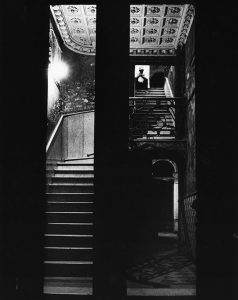
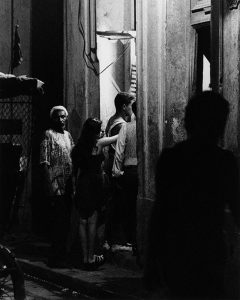
Near the center of the city was Old Town, or Habana Vieja. Narrow streets and many old buildings that once had been stately homes. The buildings had suffered from neglect. The only light was from dim bare-bulb street lights. The atmosphere haunted me. The neighborhood was mostly quiet because of the lack of any traffic. The streets were too narrow for cars and very few people owned a car anyway.
I visited the Prado, where I’d first met El Mexicano, several times late at night. Some people would be sitting on the park benches or strolling along the footpath. Some were hookers soliciting trade. A stern but conscientious policeman warned me to stay away from the hookers. I struck up a conversation with an old man who was there with his granddaughter. The look on her face was heartbreakingly forlorn. I had my suspicions about his intentions, but I only asked permission to photograph them.

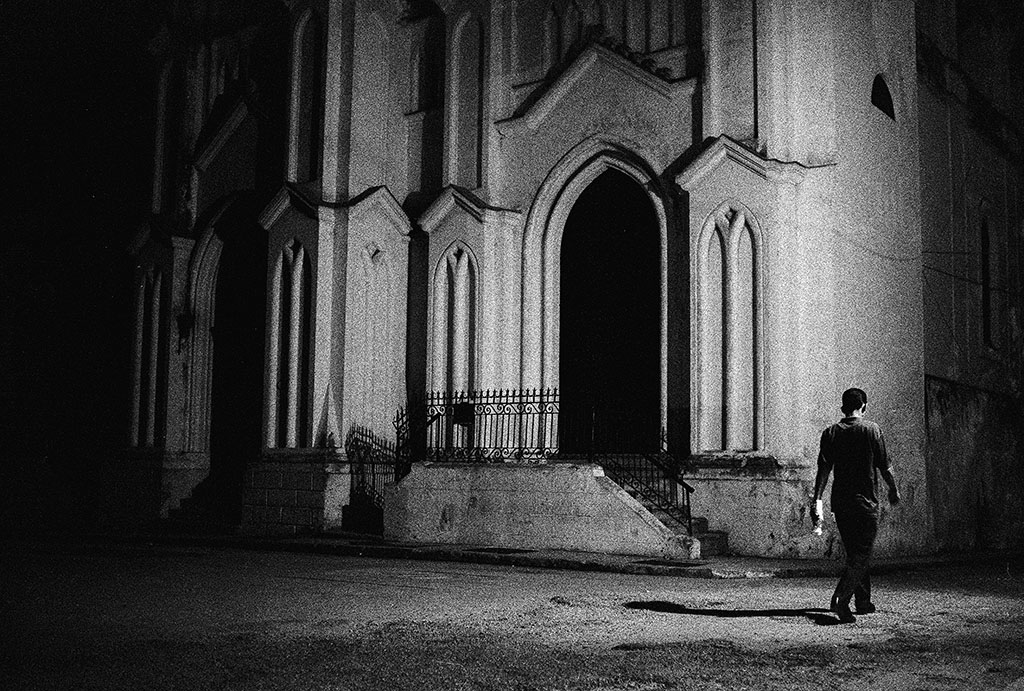
Officially, religion was banned in Castro’s communist Cuba. The churches, however, at least some of them, seemed to be well maintained. Curious. At first I was just intrigued by the church itself, so ghostly white in the quiet of night. Then by coincidence this man came walking past. He crystallized the composition. A minute later he was gone.
In this episode of The Monochrome Chronicles, I have related some of my experiences in Havana. This series was a huge departure for me both as a budding photographer and as a person. For the first time I could completely immerse myself in photography for an extended period – 10 days. After that experience, photography ceased to be my hobby and became my avocation. As for my personal point of view, I discovered how to shed my inhibitions about meeting strangers, and how to get to know them intimately enough to create expressive photographs. Los Cubanos, with their open warm hearts, made this possible.